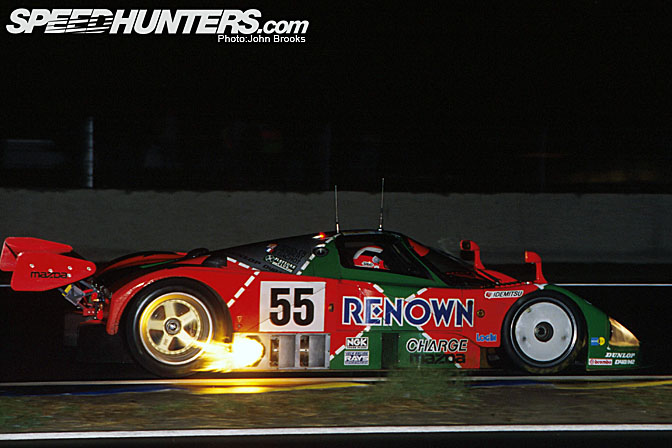- Login or Register
No account yet? Sign up
Sorry. All I know is the optimum ring gap is the smallest number that will never close up to zero during operation.Zynerji wrote: ↑30 Apr 2019, 22:07I hear ring-gap is critical in boosting a high (9.5+:1) compression engine. Can you give any opinion on this?
I don't believe that is true. Mazda racers and owners cared very much about their rotary engines for example. To this day, both the sound and flame-spitting nature of the rotary may attract owners to race the vehicles.

Not so fast!
I understand this, and I have come across some info that discusses the ring gap as the failure point of a boosted, high compression engine. I was more interested in finding a rule of thumb (.001 per x:1 or something like that).
Probably because the engineers and organizers did not ask for one. Also, weight. Sound actually is a side effect of using fuel burning ICEs. IC piston engines were the only game in town for a while, for propelling wheeled vehicles. They were chosen for power, weight, reliability, cost. Not sound. Sidenote: I've suggested before mufflers could be developed for city center races,for FE type access.JordanMugen wrote: ↑01 May 2019, 12:25Not so fast!
If the sound was a mere side effects F1 cars could easily have been fitted with mufflers and required to comply with strict trackside noise limits, just like other racing classes. Yet somehow the requirement for muffling is waived... Surely there is some reason for that?
There are things like this http://www.totalseal.com/pdf/GAPCHART.pdf
Tyvm!gruntguru wrote: ↑02 May 2019, 04:57There are things like this http://www.totalseal.com/pdf/GAPCHART.pdf
The 2021 power units will be, largely, as now.
I wonder if they will allow visual and/or audible cues for the driver? Like gearchange, drs and lift and coast?wuzak wrote: ↑08 May 2019, 05:07The 2021 power units will be, largely, as now.
Single turbo with MGUH and MGUK.
The MGUK may have more power and be operated by the driver (rather than being part of the engine map).
The rpm of maximum fuel flow rate may be adjusted to move the operating range closer to the 15,000rpm limit.
But the basic configuration will be the same.
Mufflers decrease performance, don't they?JordanMugen wrote: ↑01 May 2019, 12:25Not so fast!
If the sound was a mere side effects F1 cars could easily have been fitted with mufflers and required to comply with strict trackside noise limits, just like other racing classes. Yet somehow the requirement for muffling is waived... Surely there is some reason for that?
It's not a matter of opinion. Relevant people stated that it'll remain mostly the same.saviour stivala wrote: ↑08 May 2019, 07:52“The 2021 power unit will be largely as now” Agree I am of the same opinion because I cannot see the four formula on engine manufacturers going racing by assembling a kit-car with standard one make brakes, gearbox, TC, H, K, ES and CE designed manufactured and supplied by an FIA/LM supply contractor. This is all about a power struggle to control formula one the solo aim of which is maximizing returns as fast as possible. Anyhow a good read to do with this subject that might interest some “an engineer replies to Stefan johnasson’s blueprint for reshaping F1 (part one and part two)”.
Yes, but a high-flow absorption muffler (2nd below) as used on racing cars (like the below Formula Nippon) has a negligible effect on engine performance. The pressure drop would only be about the same as a straight pipe of the same length.

